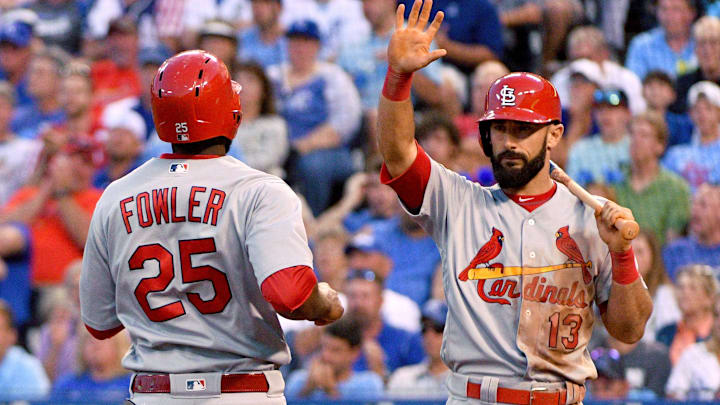The Cardinals are known for their hesitancy to spend, but when they have made a splash, these 15 contracts were the worst deals they handed out
The St. Louis Cardinals are a storied franchise, loaded with Hall of Fame talent, championship pedigree, and sustained success that only the New York Yankees can compete with. Although St. Louis is a midsize market, the support from its fanbase and national following has afforded them the ability to compete with higher markets when they are willing. And yet, it feels like fans are always left wanting more.
Why is that? Well, rightfully so, Cardinal Nation has high expectations for the franchise. Mediocrity is not an option. Traditional rebuilds are not in their DNA. Fielding a contender every single year is the minimum expectation, but too long between World Series championships will keep fans up at night.
The reason the Cardinals have been so good over the decades is due to their incredible minor league system and the development of in-house talent. Outside of that, the club has been known to make shrewd moves in the trade market, acquiring All-Stars and future Hall of Famers for cents on the dollar. What fans tend to get most frustrated by is not a lack of development or trades, but the club's hesitancy to go out and make impact signings.
There is defiantly an argument that if the Cardinals would start spending in the top-tier free agent pool, the club would find more success and their signings would work out better. Unfortunately, their signings, which tend to be in the middle of the market, have produced some really bad contracts, and it almost feels riskier to sign a player than it does beneficial with their track record.
There's a certain level of pride Cardinals fans take in ripping on front-office moves of the past, so let's take a trip down memory lane and look at the 15 worst signings in St. Louis' history.
Too early to tell: Steven Matz
As I was making this list, I thought I would make a quick comment on Steven Matz and his 4 years, $44 million dollar deal he signed before the 2022 season. Yes, at the moment, his contract would make the list, but judging him based on an injury-plagued first season seems like too quick of a call. $11 million a year for a back-end-of-the-rotation starter is not a bad value if he gets back on the field and produces once again.
